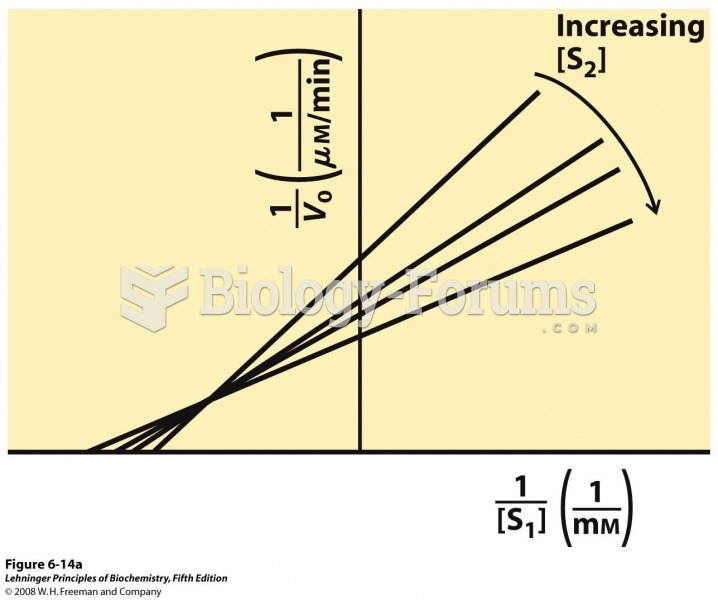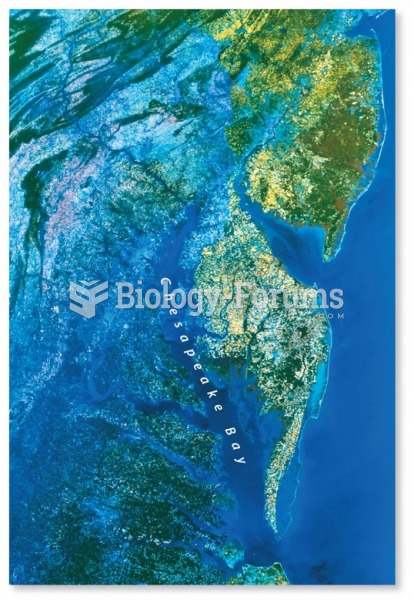Answer to Question 1
On the federal level, Congress enacts environmental public policy legislation, which the president signs into law. The laws are implemented and enforced by various agencies like the EPA, BLM, Fisheries and Wildlife, and others. These agencies also write rules and regulations and otherwise flesh out the laws enacted by Congress. All of this also depends on the budget and appropriations proposed by the president and approved by the Congress. The president also nominates the leaders of these agencies. Many must be approved by Congress. Often, the person appointed has a major say in the direction and views the agency will take.
On the state level, states can enact stricter laws than the federal government. For example, Michigan has tougher wetland laws concerning their use. States also have their own hunting, fishing, and trapping regulations as well as forestry laws about activities such as moving firewood. States also have their own state parks and wildlife refuge and forest systems.
On the local level cities and counties can affect public policy with conservation commissions, planning boards, health boards, water and sewer commissions, and other such agencies and boards. They can set up recycling, hazardous waste collections, green spaces, bike trails, and other environmentally friendly infrastructure.
Answer to Question 2
Primary energy use is commonly divided into four categories: (1) transportation, (2) industrial processes, (3) commercial and residential use (heating, cooling, lighting, and appliances), and (4) the generation of electrical power, which goes into categories (2) and (3) as secondary energy use. Transportation . . . depends entirely on petroleum, whereas nuclear power, coal, and waterpower are limited to the production of electricity. Some coal may be used for home heating, as are electricity, wood, oil, and natural gas. Most commercial and residential use is electricity. Industrial processes use oil, natural gas, and electricity. Some oil, natural gas, and biomass are used for the generation of electricity.
Answer to Question 3
Coal, oil, or nuclear power are used to boil water to produce steam, which turns the turbines of a turbogenerator. Hydroelectric power plants use water to turn turbines that generate electricity. (I)t takes three units of primary energy to create one unit of electrical energy that is actually put to use.







